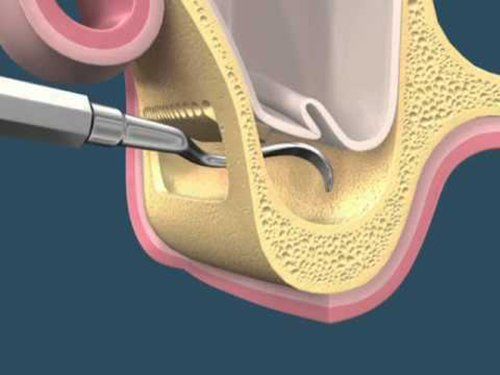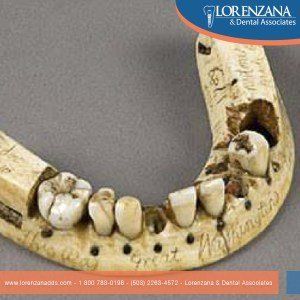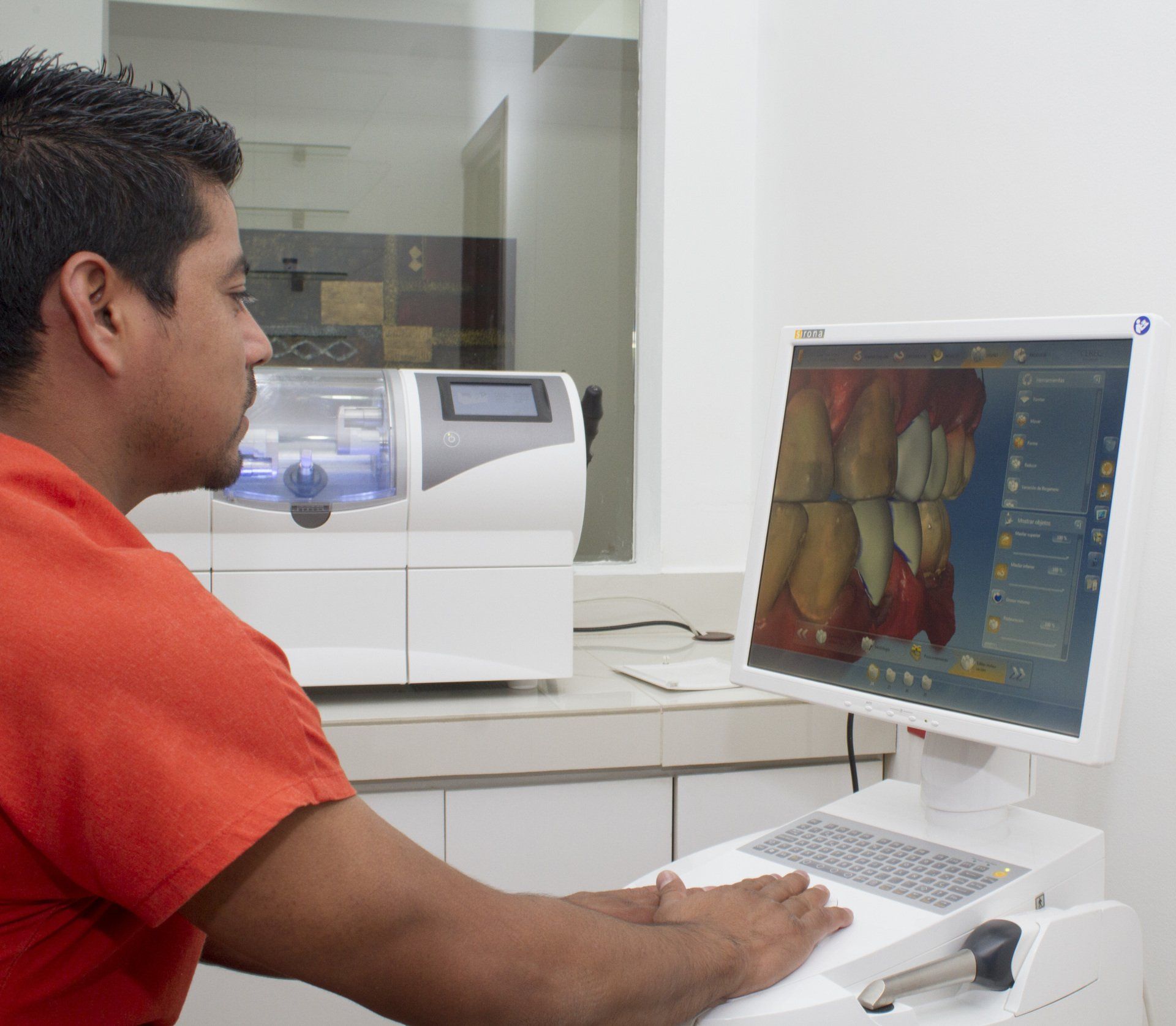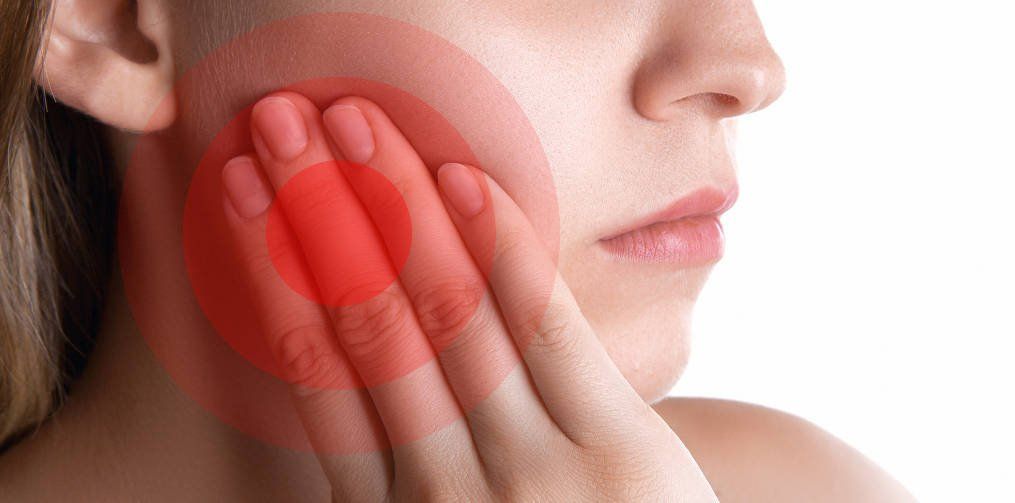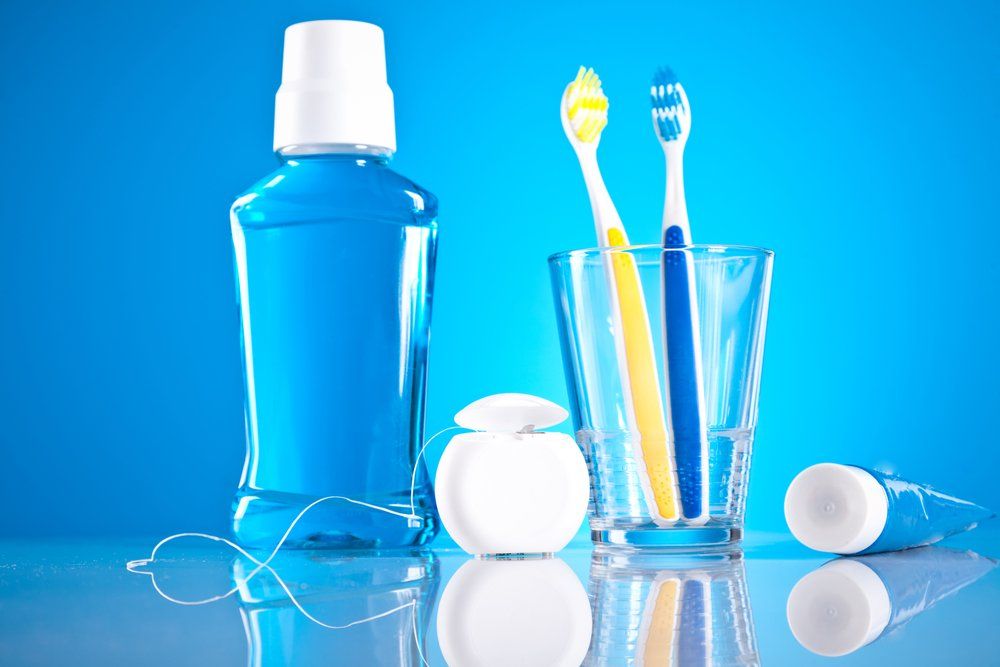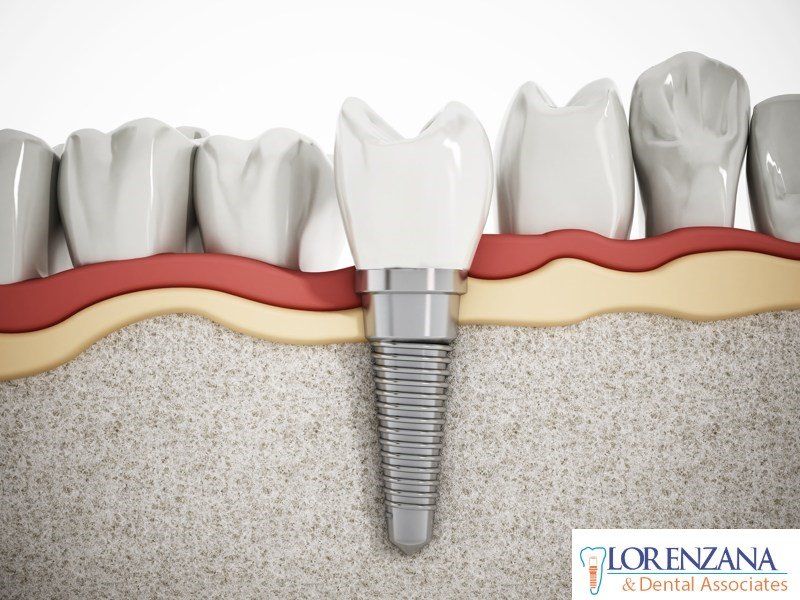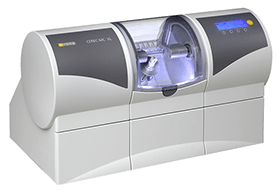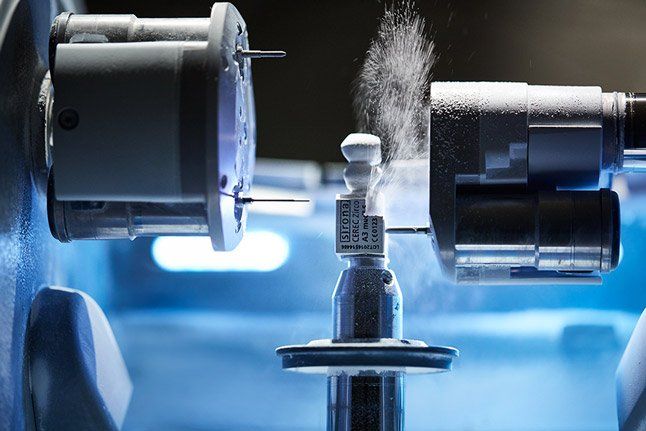Dental hygiene helps block pneumonia-causing bacteria
The mouth is a complex ecological niche, and what happens in the mouth can have a profound effect on overall health and illness. Poor oral health can affect nutrition and hydration and has a direct impact on quality of life.
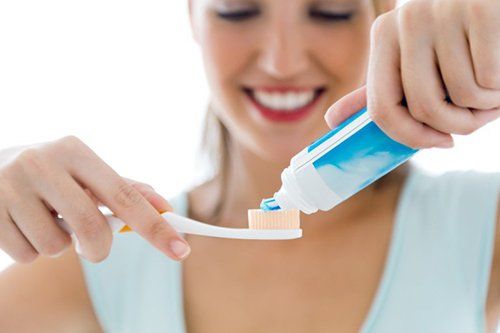
Additionally, oral health problems have been associated with cardiovascular disease, endocarditis, poor glycemic control in diabetic patients, preterm delivery, upper respiratory infections, and pneumonia in outpatient and inpatient settings.
Research from the Yale University School of Medicine discovered changes in mouth bacteria preceded the development of pneumonia in hospital patients. After studying 37 participants over the course of a month, Samit Joshi, M.D., leader of the study, concluded that changes in oral bacteria play some role in a person’s risk for developing pneumonia.
The Dental Health Foundation has warned that poor oral hygiene could cause the respiratory infection after research found a link between bacteria in the mouth and the lung disease.
Dr Samit Joshi of Yale University School of Medicine found changes in bacteria in the mouth preceded the development of pneumonia.
He concluded that this process “suggests that changes in oral bacteria play a role in the risk for developing pneumonia”.
Although tooth brushing is not an effective strategy to control VAP, many questions about tooth brushing remain. Tooth brushing has potential benefits that are important despite a lack of involvement in VAP prevention. Because previous tooth brushing research in the ICU has focused primarily on VAP risk reduction, examination of other benefits has been obscured. Tooth brushing reduces mucosal inflammation in healthy populations, and accumulation of dental plaque exacerbates mucosal inflammation.
La higiene dental ayuda a bloquear bacterias causantes de neumonía
La boca es un complejo nicho ecológico, y lo que ocurre dentro de la boca puede tener un profundo efecto general en la salud y las enfermedades. Una salud oral pobre puede afectar la nutrición e hidratación y tiene un impacto directo en la calidad de vida.
Adicionalmente, los problemas de salud oral están asociados con enfermedades cardiovasculares, endocarditis, un mal control glucemico en pacientes diabéticos, parto prematuro, infecciones en las vías respiratorias superiores y neumonía en pacientes ambulatorios y hospitalizados.
Investigaciones de la Yale University School of Medicine descubrieron que los cambios en las bacterias de la boca precedían en el desarrollo de neumonía en pacientes de hospital. Luego de estudiar 37 participantes en el transcurso de un mes, el Dr. Samit Joshi, líder del estudio, concluyó que los cambios en las bacterias de la boca juegan un rol importante en el riego de las personas de desarrollar neumonía.
La Dental Health Foundation ha prevenido que una mala higiene oral podría causar infecciones respiratorias luego que investigaciones encontraran vinculaciones entre las bacterias de la boca y enfermedades pulmonares.
El concluye que este proceso “sugiere que los cambios en las bacterias orales juegan un rol en el riesgo de desarrollar neumonía”. Aunque el cepillado dental no es una estrategia efectiva en el control de neumonía asociada al respirador, varias dudas permanecen.
El cepillado dental tiene potenciales beneficios que son importantes a pesar de la falta de involucramiento en la prevención de neumonía asociada al respirador. Debido a que estudios previos en la ICU se enfocaron principalmente en educación de riesgos de la neumonía asociada al respirador, estudios de otros beneficios han sido eclipsados. El cepillado dental reduce la inflamación de la mucosa en población saludable, y la acumulación de placa dental exacerba la inflamación de la mucosa.
